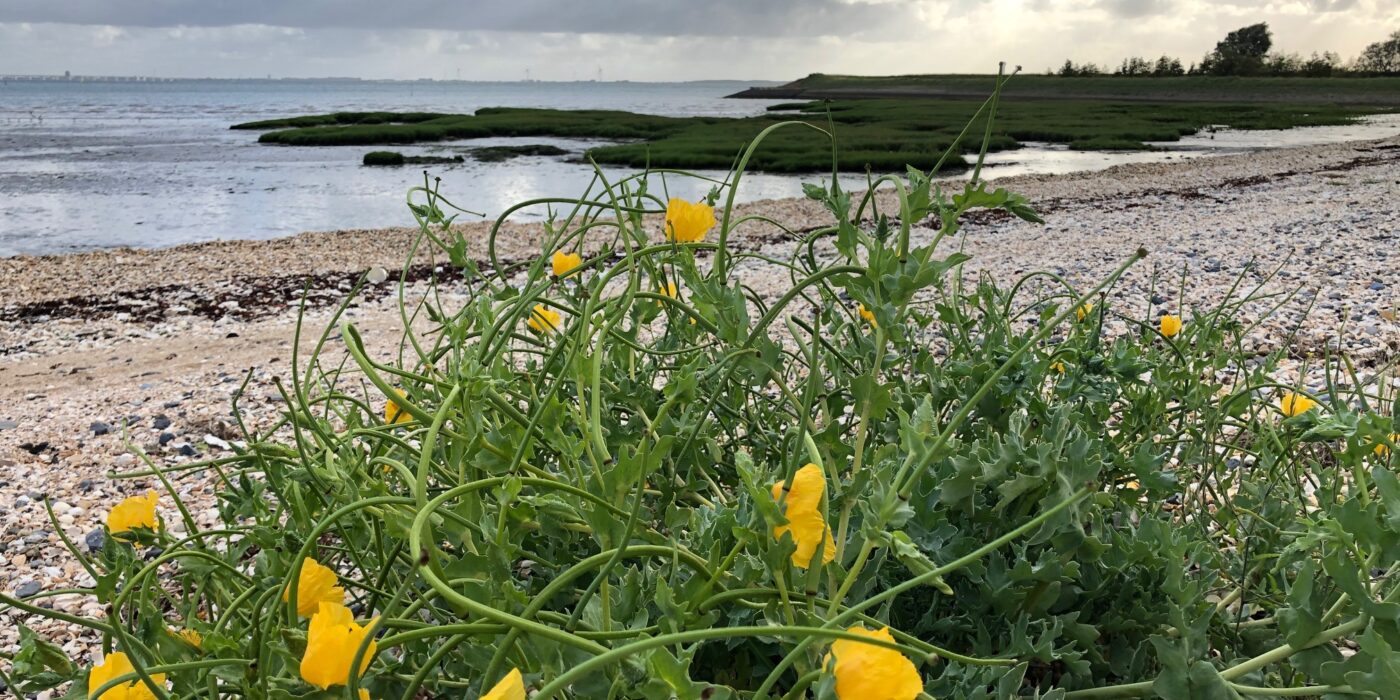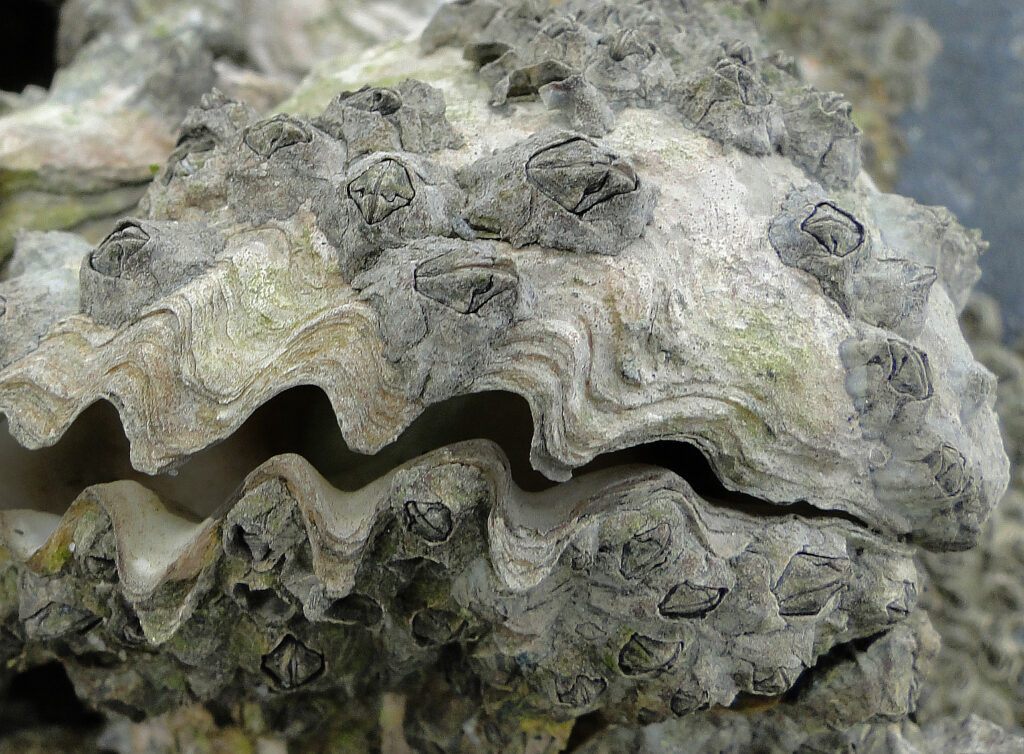
Eating from the Easter Scheldt
- Am I allowed to gather oysters and mussels?
All information on gathering oysters, mussels and periwinkles can be found here.
- Where can I collect oysters and mussels?
You can find the most mussels and oysters between the stones in the tide zones and in the poos on the little beaches along the dyke. Read where exactly it is permitted here.
- What is the best time to gather mussels and oysters?
Between two hours before and two hours after low tide you can collect them. At high tide the shellfish are underwater and hard to find. See here whether it is high tide or low tide.
- Is it permitted to cut Salicornia and sea lavender?
Cutting Salicornia and sea lavender without a permit is prohibited by the nature protection laws. This permit is issued once annually by Zeeland Province.
- Is it permitted to take my catch of crabs and lobsters with me?
Shellfish such as crabs and lobsters are not allowed to be caught and taken. Not even in small amounts.
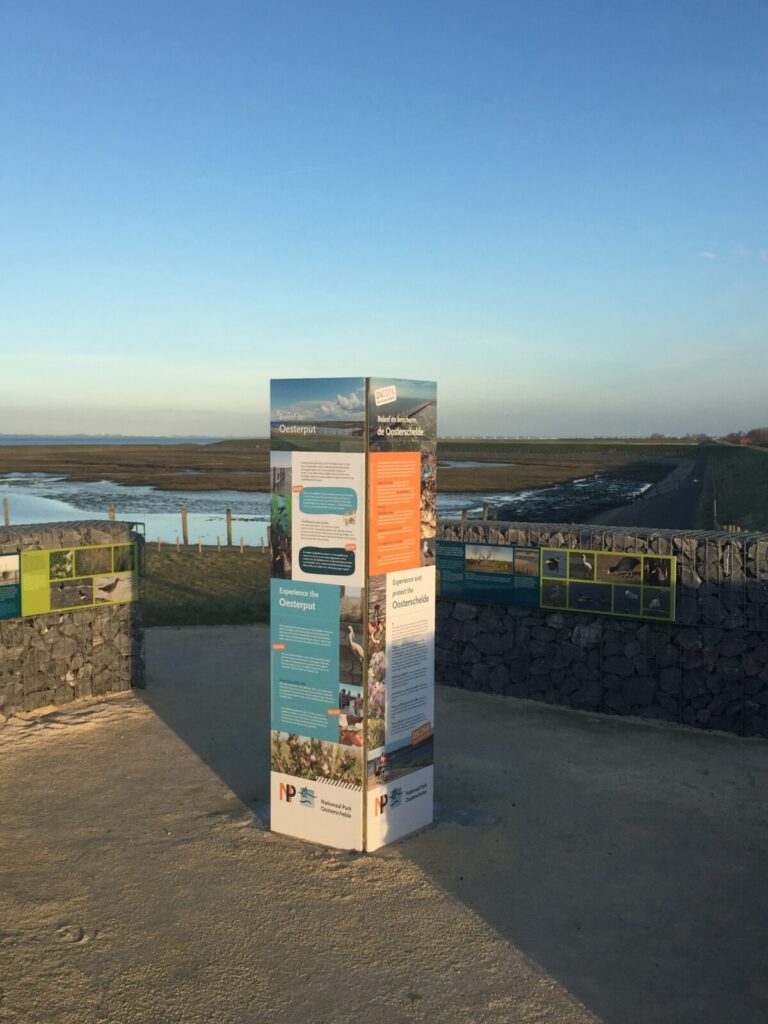
How do I enter?
- Where is the park entrance?
Oosterschelde National Park does not have a main entrance or a fence.
- Must I pay an entrance fee?
No, you can visit Oosterschelde National Park for free.
- When is the park open?
There are no set opening times, you can always visit. Most nature areas are accessible from sunrise to sunset. You can read more here about where you can and cannot visit.
- When is the visitor center open?
National Park Oosterschelde has no visitors center. At various points in the area you can find information boards and pillars. At Deltapark Neeltje Jans there is a small exhibition about the national park. For this you need an entrance ticket.
- Can you cycle or drive around the park?
You can travel around the park by car or bicycle. On the way you will find many beautiful places to stop and have a look around. Zeeland has a very good bicycle network.
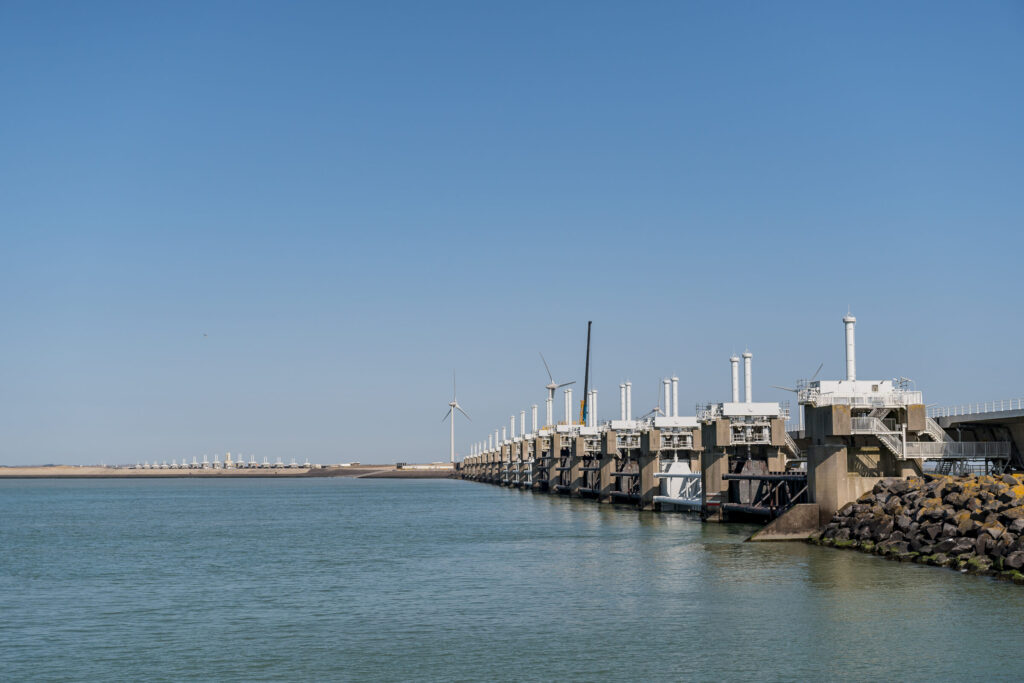
What areas am I permitted to visit and which are off limits?
Some places within Oosterschelde National Park are restricted for visitors to allow nature some rest. Certain areas are only restricted during the breeding season. You can read more about restricted areas here.
- Can I visit the Easter Scheldt storm surge barrier (the Oosterscheldekering or Stormvloedkering)?
For safety reasons it is no longer possible to visit the storm surge barrier. You have the best view of the barrier from the beach at the Topshuis (parking at Dijkgraaf A.M Geluksweg 1), Vrouwenpolder and then walk around the Topshuis.
- Am I allowed to walk on the exposed mudflats during low tide?
No this is not permitted. The mudflats are very important for birds, they can only access the area when it is low tide to fill their bellies. We should not disturb this moment.
- Can I bring my dog?
There are a couple of areas where you can walk a dog on the leash and a few areas that they can run free, but there are also some places where dogs are not permitted at all. This depends on the vulnerability of the area. Walking a dog on a leash along the dyke is often not an issue. Keep a sharp eye on the signposts in the field. More information is provided by the organization managing the area: Het Zeeuwse Landschap, Natuurmonumenten and Staatsbosbeheer.
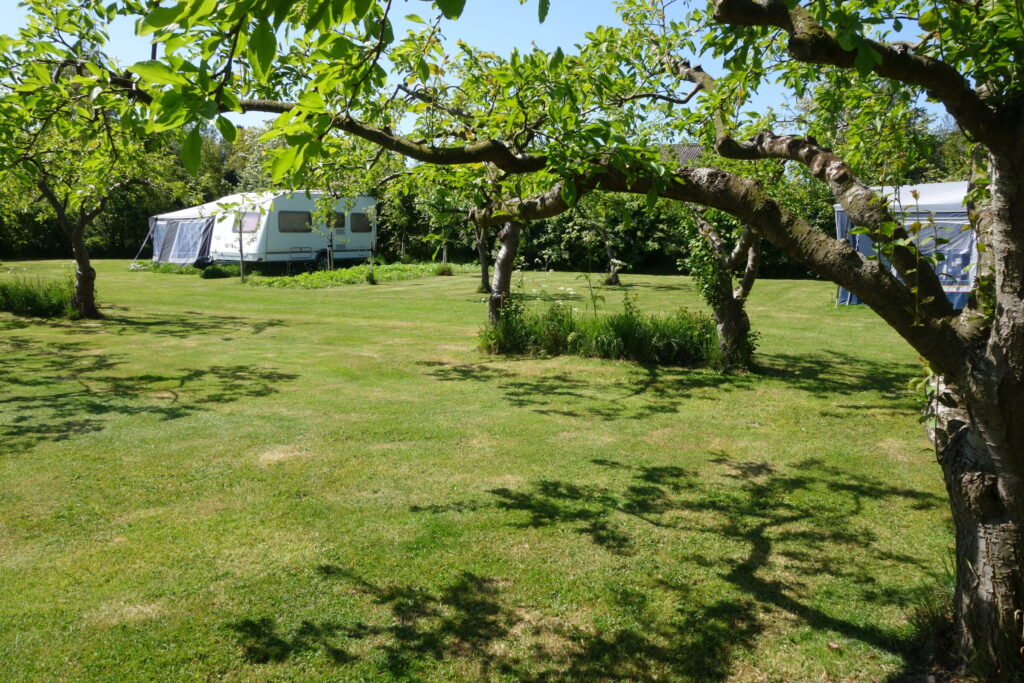
Where can I stay the night?
Schouwen-Duiveland
- Zeeland Vakantiewoningen in Brouwershaven
- Camping and cottages Recreatieterrein Welgelegen in Burgh-Haamstede
- B&B Steurshoeve in Burgh-Haamstede
- B&B Kommertjeshof in Burgh-Haamstede
- Landgoedcamping Hoeve Batenburg in Noordwelle/Ellemeet
- Camping De Vierbannen in Ouwerkerk
- Vakantiepark De Witte Boulevard in Renesse
- Camping Internationaal in Renesse
- Camping Julianahoeve in Renesse
- Camping Zonnedorp in Renesse
- Landschapscamping De Zonnehoeve in Zonnemaire
Tholen
- Camping Stavenisse in Stavenisse
- Hotel Oosterschelde in Anna Jacobapolder
- Camping De Striene in Poortvliet
- Landschapscamping Kruytenburg in Poortvliet
- Camping De Muie in Sint-Maartensdijk
- Vakantiewoningen Oesterdam Resort in Tholen
Zuid-Beveland
- Camping Kleine Stelle in Wemeldinge
- Camping Linda in Wemeldinge
- Oesterbaai in Wemeldinge
- Camping Zon & Zee in Yerseke
Noord-Beveland
- Camping Orisant in Colijnsplaat
- Minicamping Klaverwijk in Colijnsplaat
- Minicamping Mattenburg in Colijnsplaat
- Camping Anna Friso in Kamperland
- Glamping Speelboerderij Five Star Farm in Kamperland
- Apart Hotel Het Veerse Meer in Kortgene
- Minicamping Zeelucht in Wissenkerke
- Hotel De Kroon in Wissenkerke

